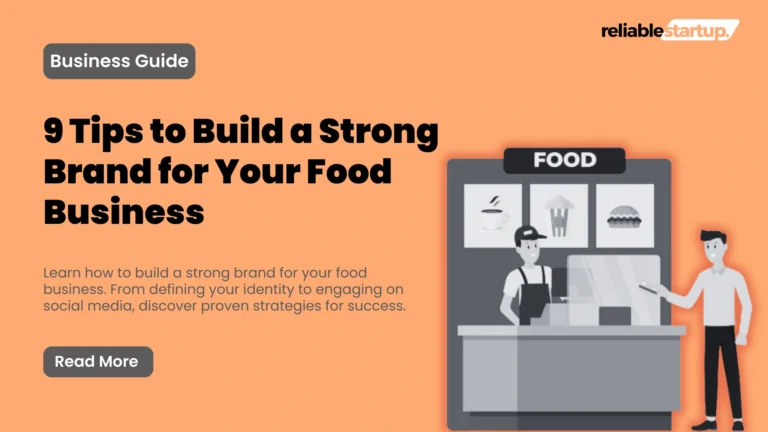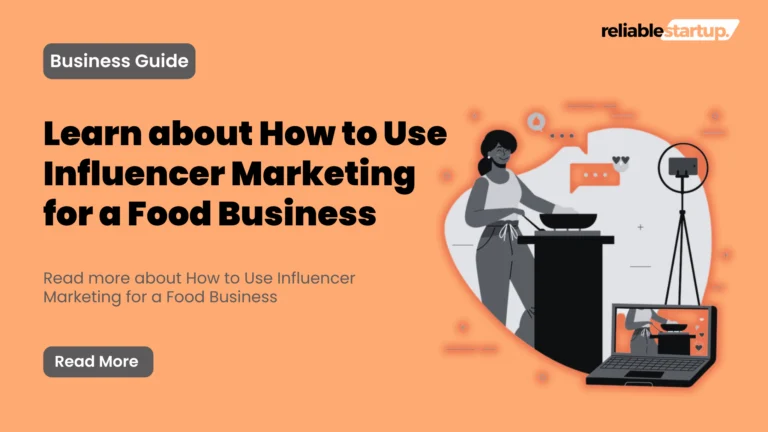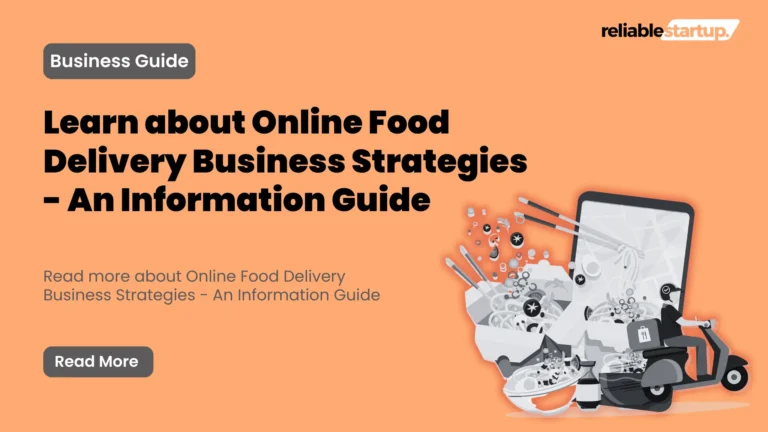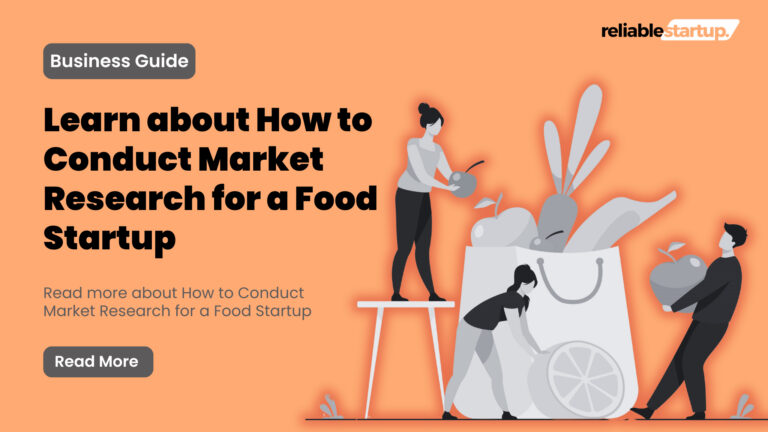Sustainable Packaging Ideas For Food Startups
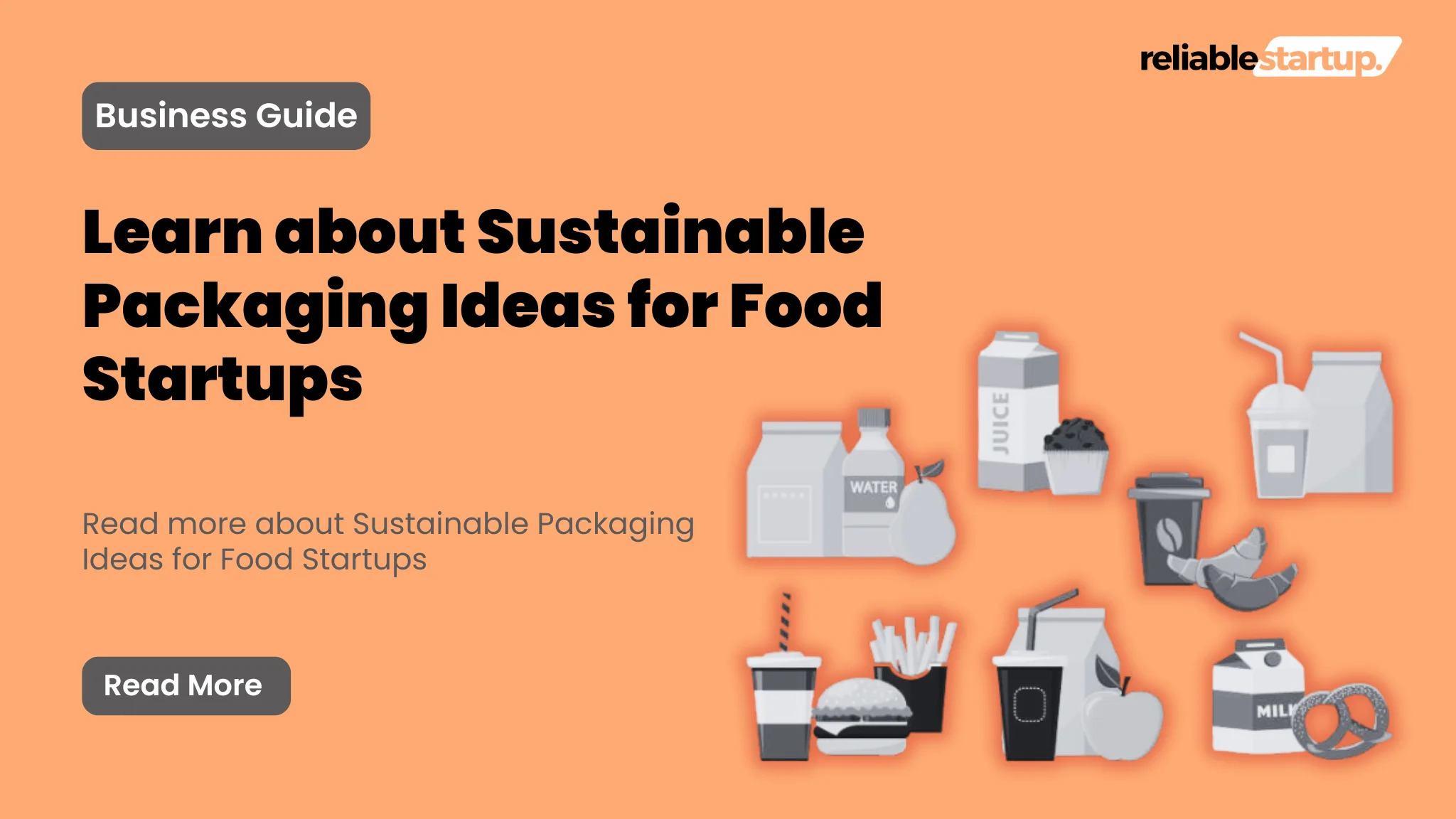
More than ever, consumers are aware of their influence on the environment. Everything is subject to an eco-microscope, including food and clothing, and packaging is no exception.
Did you realise that the food industry depends heavily on packaging? It works as a visual representation of the brand and protects the product.
It might be difficult for startups to find affordable packaging choices. But don’t worry! This post will examine some sustainable packaging ideas for food startups that can assist new businesses in cutting costs without sacrificing quality. Stay with us and learn:
- The most budget-friendly food packaging ideas
- DIY alternatives to think about
- Health and legal issues to be mindful of
Sustainable Packaging Ideas for Food Startups
Plantable Packaging

Packaging doesn’t have to be used only once. Plantable packaging combines sustainability with the visually appealing aspects of attractive packaging. Pangea Organics is a fantastic illustration of creative, environmentally friendly packaging that the rest of the world will soon adopt.
The company has produced soap packaging that contains seeds from spruce trees. Customers must soak it in water, plant it, and watch as the seeds do their magic. Packaging is a simple and creative method of waste reduction.
Also, Read Best Wholesale Suppliers For Small Food Businesses
Edible Packaging
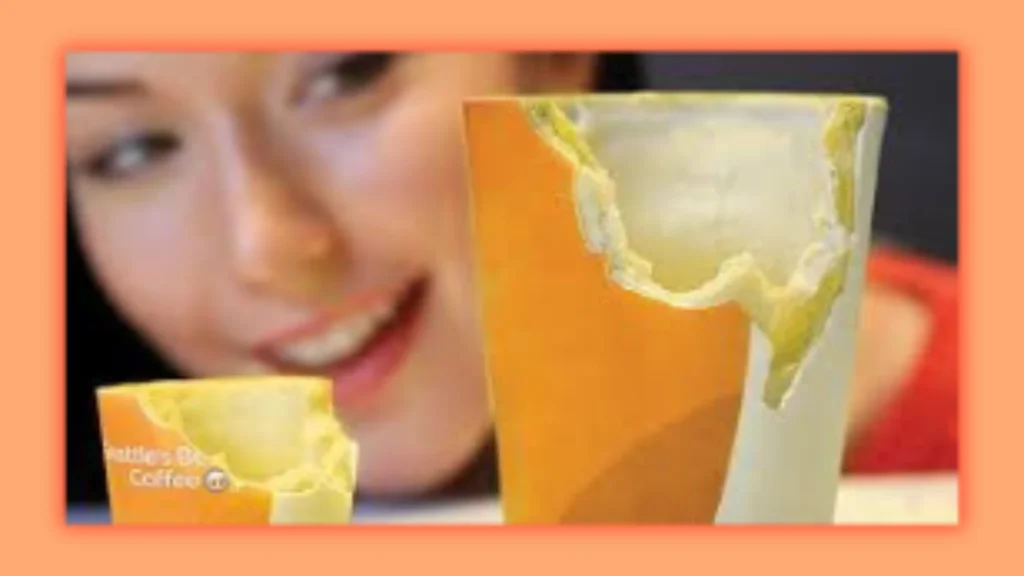
One sustainable trend to watch in the future is edible packaging. Biodegradability starts and ends with you. There can be no recycling or garbage. It’s fun, unique, and environmentally friendly.
Look at Loliware Cups, which makes various flavoured cups you can consume if you want to be more creative with your sustainable packaging efforts. Many companies, such as Evoware and Cupfee, follow in their footsteps.
The latter is well-known for its mouthwatering coffee cup, which you can consume while consuming your rocket fuel fix.
Learn about How to Use Influencer Marketing For a Food Business
Bio-based polymers
Not all bioplastics are biodegradable, and they are not found in nature. If you’re considering using bioplastics for your packaging, you can learn much from pioneers like At10.
To cut down on waste from meat consumption, this design firm has produced meat packaging using animal skin. It’s called Bioplastic Skin and packages meat items like hot dogs and ham slices. It has the same texture and appearance as plastic.
Furoshiki

Japanese culture can inspire almost everything, whether in the past or the future, and sustainable packaging is no exception.
The idea works here, even if Furoshiki is more of a present-wrapping person. It’s about using textile fabric instead of wrapping paper and the single-use waste that goes along with it.
Since you can give the fabric as a gift, reuse it, or even make it into a purse, scarf, or cap, this is an excellent example of sustainable packaging that you might employ. Additionally, it perfectly embodies traditional Japanese values like being mindful of the environment.
Also, Read Food Safety Certifications Required For Small Businesses
Anti-Microbial Packaging
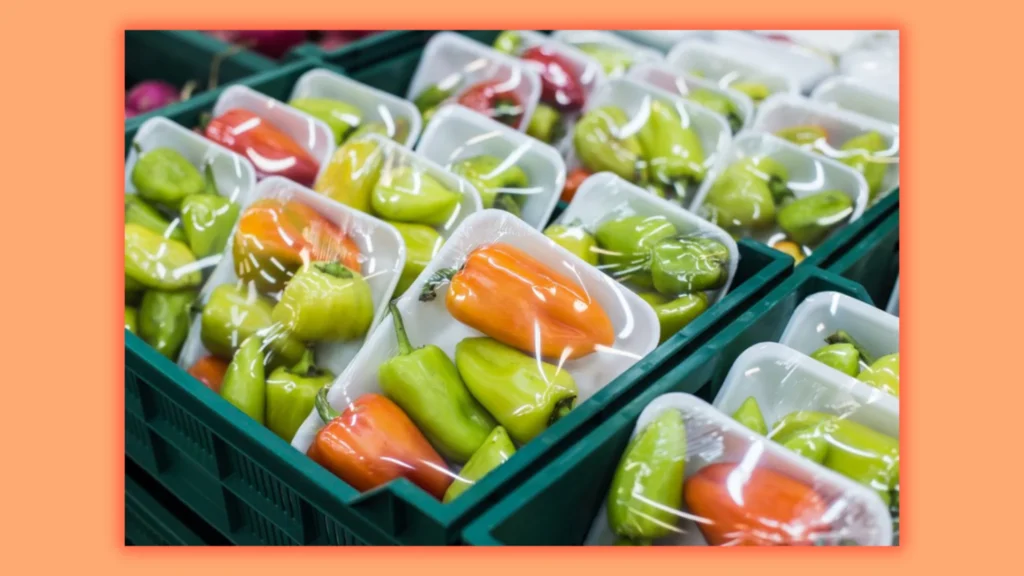
Food waste is a major contributor to the lack of sustainability. More is being squandered because people are consuming more than before. Anti-microbial packaging will, therefore, be a characteristic of sustainable packaging in the future to extend shelf life.
One supermarket chain that has already embraced this practice is Morrison’s. Morrison’s has lined their reusable bags with technology that inhibits the growth of bacteria and eliminates degrading organisms.
Intelligent Packaging
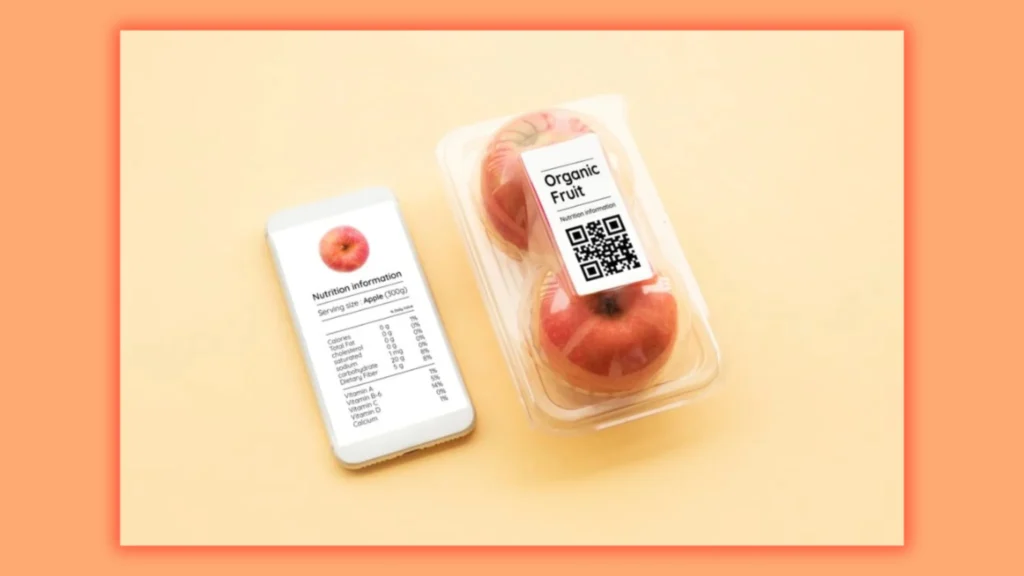
The days of using QR codes on packaging are over. Despite being revolutionary at one point, intelligent packaging that signals the freshness of its contents is a cutting-edge sustainable packaging concept that will rule the future.
This kind of packaging, which is made of sustainable materials, works best in food since it shows how fresh the item is, preventing food poisoning and waste. It may be used for anything, including medications and cosmetics, and it can show the temperature, the amount of bacteria developing, and more.
Packaging with Cellulose

Since plastic is difficult to duplicate, efforts to find a viable, sustainable substitute are ongoing. Cellulose should improve as a substitute in the future. It is a biodegradable and compostable alternative made of hemp, cotton, and wood, and because of its durability, it is ideal for food packing.
Also, Read How To Conduct Market Research For a Food Startup
Eco-Friendly Substances
Although eco-friendly materials are already being utilised, more will likely be employed as businesses look for sustainable packaging alternatives.
Along with other attempts like using fewer materials overall and providing returnable packaging, cornstarch, and Kraft paper are two varieties that are becoming more popular.
Combining Sustainability with Usability
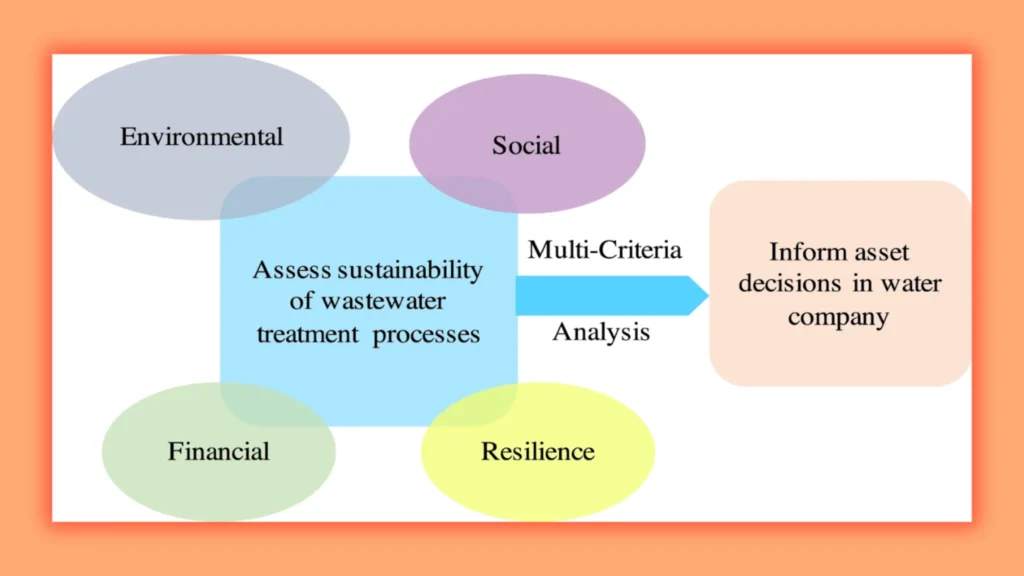
Given how much packaging is needed for food goods, sleeves are the best choice. But that doesn’t mean it’s always a green choice because you must consider the paper, where it comes from, how it’s printed, and more.
B&B Press provided Feel Good Kitchen with assistance in this regard. Since the company wishes to contribute to environmental causes, our food sleeves would also meet that goal.
Conclusion
These sustainable packaging ideas for food startups can help you start your business. These are amazing; you can try it and can meet success. Unique ideas always stand out in the market, which will work for you.
If you feel any difficulty, visit us to resolve it!
FAQs
How to make packaging sustainable?
- Use compostable packaging and mailers.
- Ship items in bulk.
- Use sustainable packaging materials that can be repurposed.
- Offer a returns program for your empty product containers.
What are the alternatives to plastic packaging?
- Cardboard/paper.
- The cardboard can be brown or white
- Compostable plastics
- Bio-based plastics
- Bio-regenerative materials (seaweed, hemp, mushrooms)
- Natural fibers (jute and cotton)
What are sustainable ideas for packaging?
- Reduce waste with virtual sampling.
- Source renewable materials.
- Opt for recycled plastic over virgin.
- Use eco-friendly void fillers and inserts.
- Choose more sustainable color solutions.

